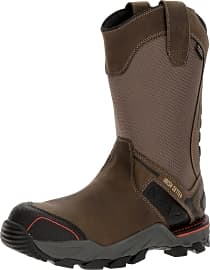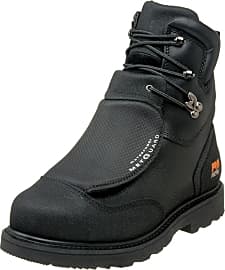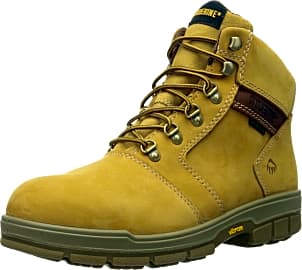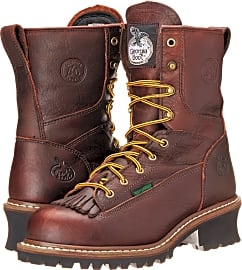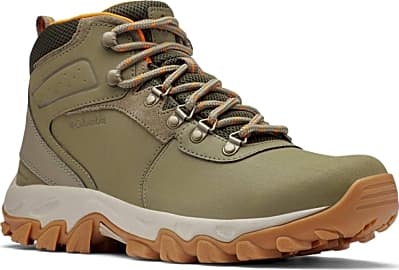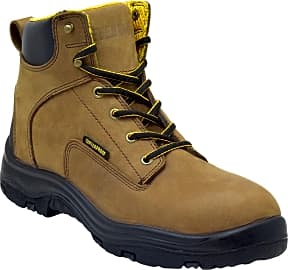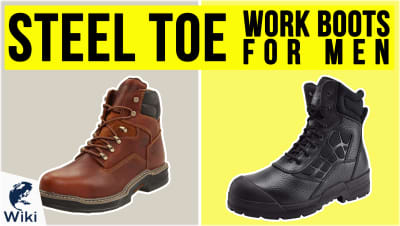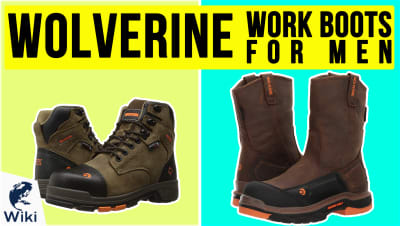The 10 Best Waterproof Work Boots For Men

This wiki has been updated 25 times since it was first published in August of 2018. Foot health is one of the keys to safety and comfort over a long day at work, particularly at physically demanding jobs. If your career calls for stable, supportive, protective footwear to carry you through rough conditions, you'll need a quality pair of waterproof boots. We've ranked some of the most effective and popular choices that suit a range of different purposes. When users buy our independently chosen editorial choices, we may earn commissions to help fund the Wiki.
Editor's Notes
April 23, 2020:
While all of our previous selections for this category still proved to be relevant, during this round of updates we decided on removing the Ariat Rebar H2O and Blundstone Gumboots, wanting to make room for a couple of new options, and noting that our rankings already included similar offerings to the eliminated choices. Our new additions this time around are the Columbia Newton Ridge Plus II – a stylish pair of hiking boots that work for both casual use and light-duty work, and the Timberland Safety Shoes – an industrious pair of leather boots that are built for heavy-duty conditions.
A few things to look for in this category
Water Protection: While all of our selections for this category, by definition, offer some variation of waterproofing, what exactly this means can vary considerably. Models like the Ever Boots Ultra Dry and Carhartt CMF6366, which are medium-cut and and made of suede or leather, have been treated with water-repellent chemicals and/or have liners that will help keep their wearer’s feet dry, but you still wouldn’t want to be walking through puddles with them – both because of their lower cut and the material they’re made of. Boots with a higher cut – like the Georgia Loggers and Irish Setter Crosby – are a step up, as their higher cut helps guard against splashing, but if you’re literally planning on wading through shallow water in these boots, then you’ll likely want to consider an all-out rubber boot like the Viking Bushwhacker or Kamik Icebreaker.
Toe Protection: Models like the Columbia Newton Ridge Plus II fall a bit short in this respect, not offering either a steel or composite toe that’s appropriate for work in construction industry, but other hiking boots like the Keen Pittsburgh are outfitted with a proper steel toe that meets safety standards.
While steel toes still remain the gold standard in toe protection for many professionals, other construction workers, especially those working in cold climates, have swung their preference over to composite toes – like the ones in the Carhartt CMF6366 and Irish Setter Crosby – as they still provide excellent protection, and don’t get as cold during punishing winter work days.
Fit: Unfortunately, comfort and protection often wind up being inversely proportional properties when it comes to work boots. While a high-cut rubber boot might offer you great water protection, they also tend to be cumbersome to walk in compared to a medium-cut work boots that lace up. While a medium-cut work boot might offer you great toe protection, they ultimately feel clumsy compared to a low-cut hiking boot.
The ideal balance of comfort and protection for you will depend on your personal preferences and circumstances, if not the workplace regulations governing your apparel. Consider what your realistic needs are for this footwear, and pick the most comfortable option that meets all your prerequisites.



